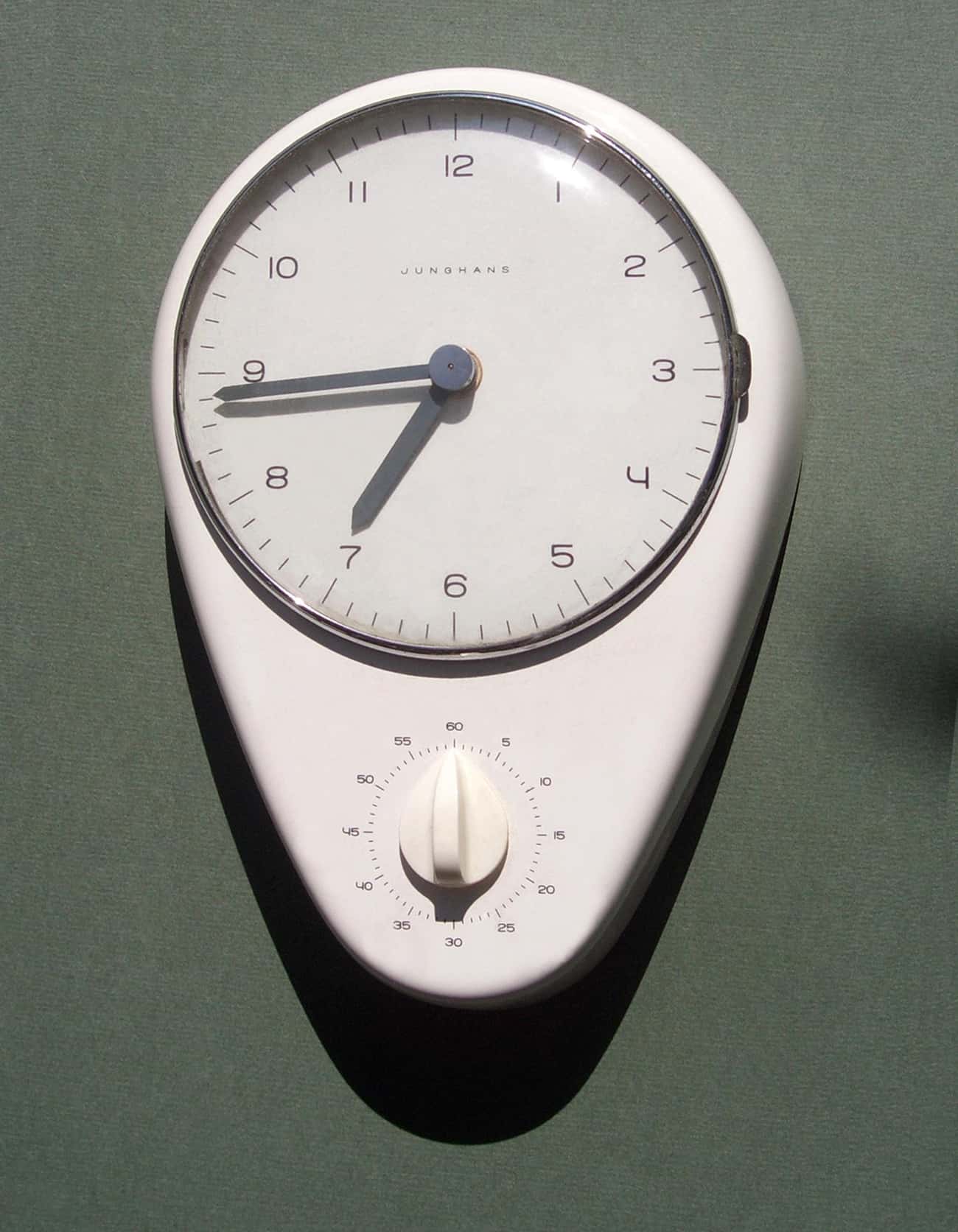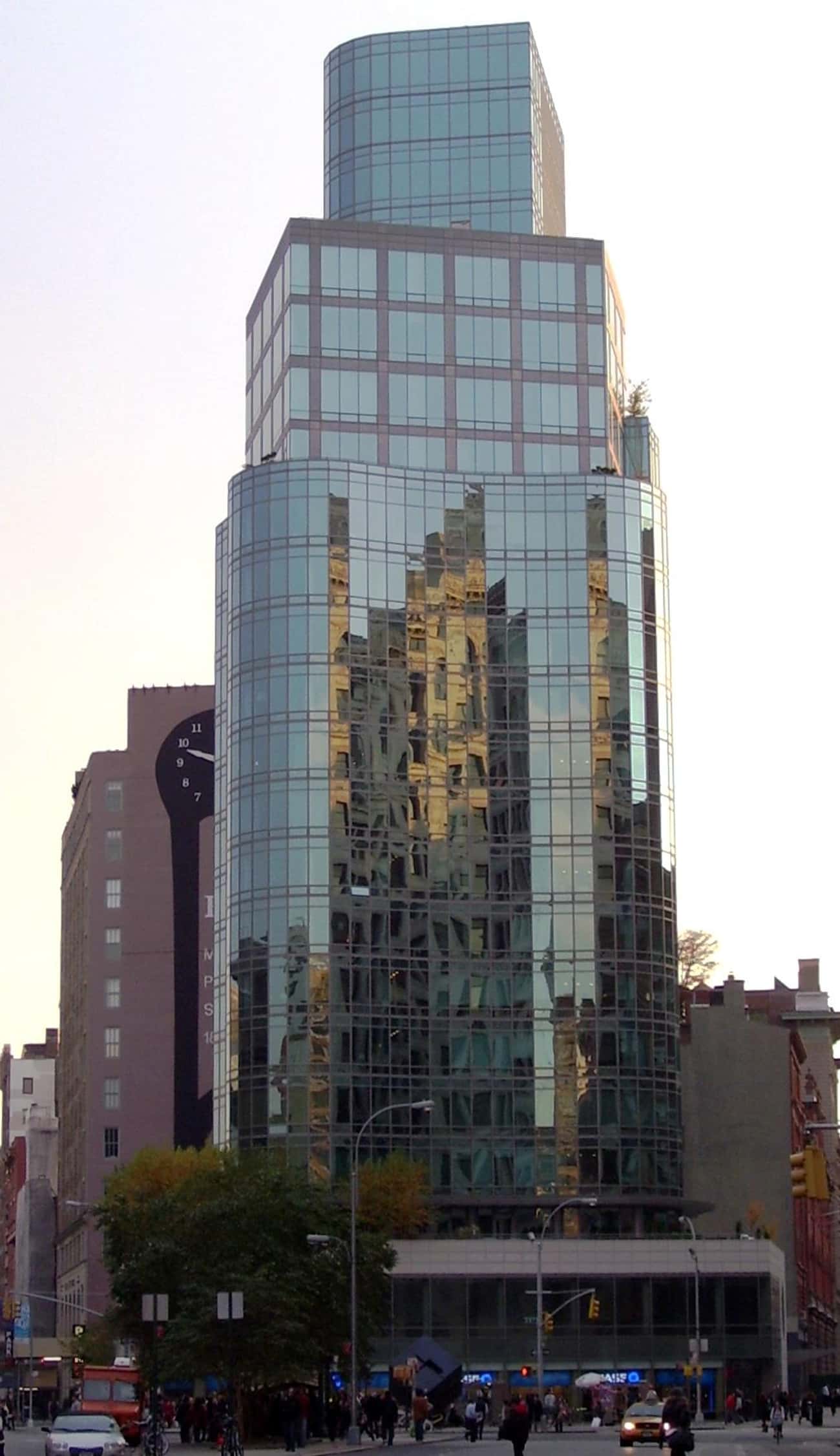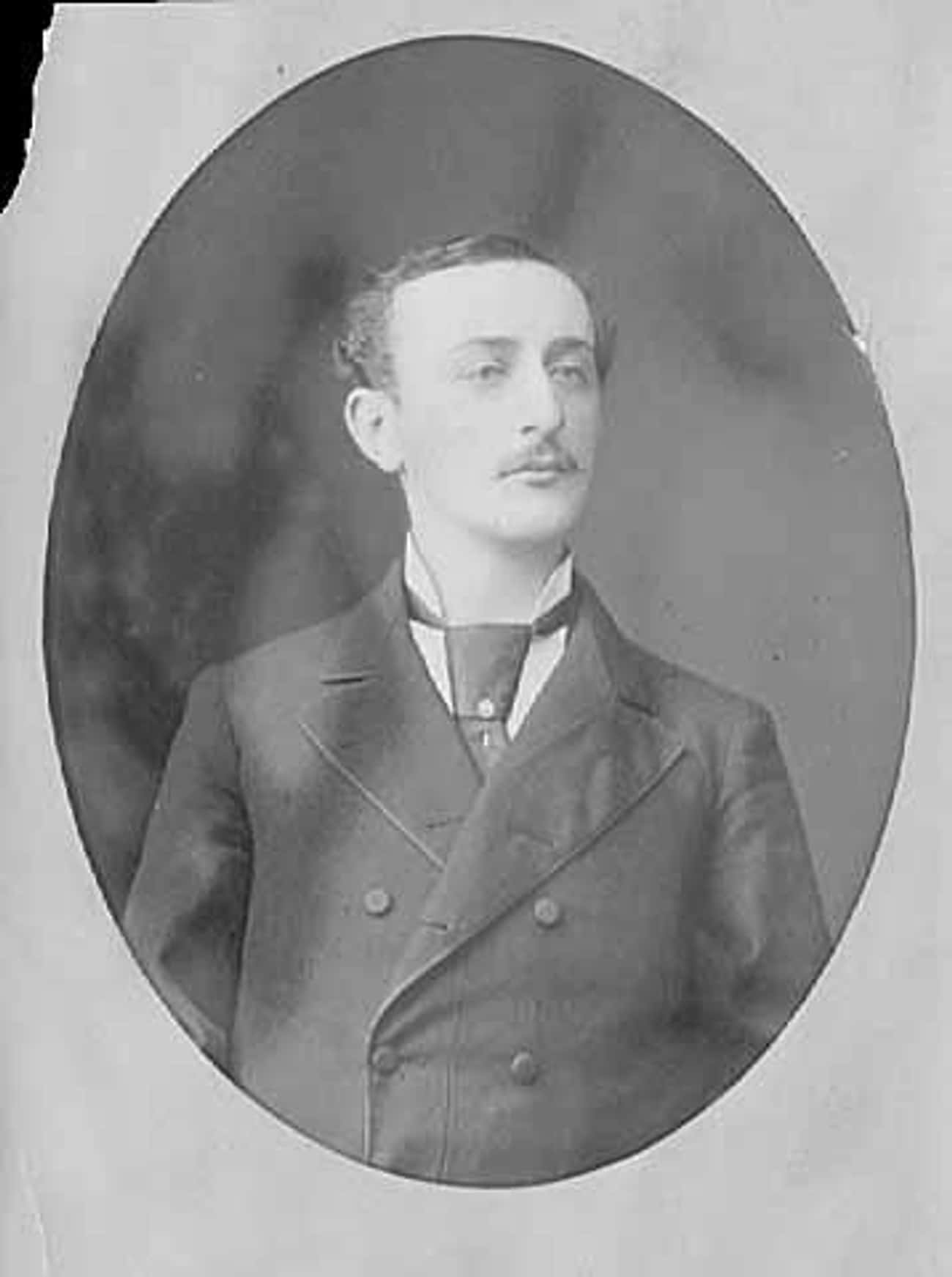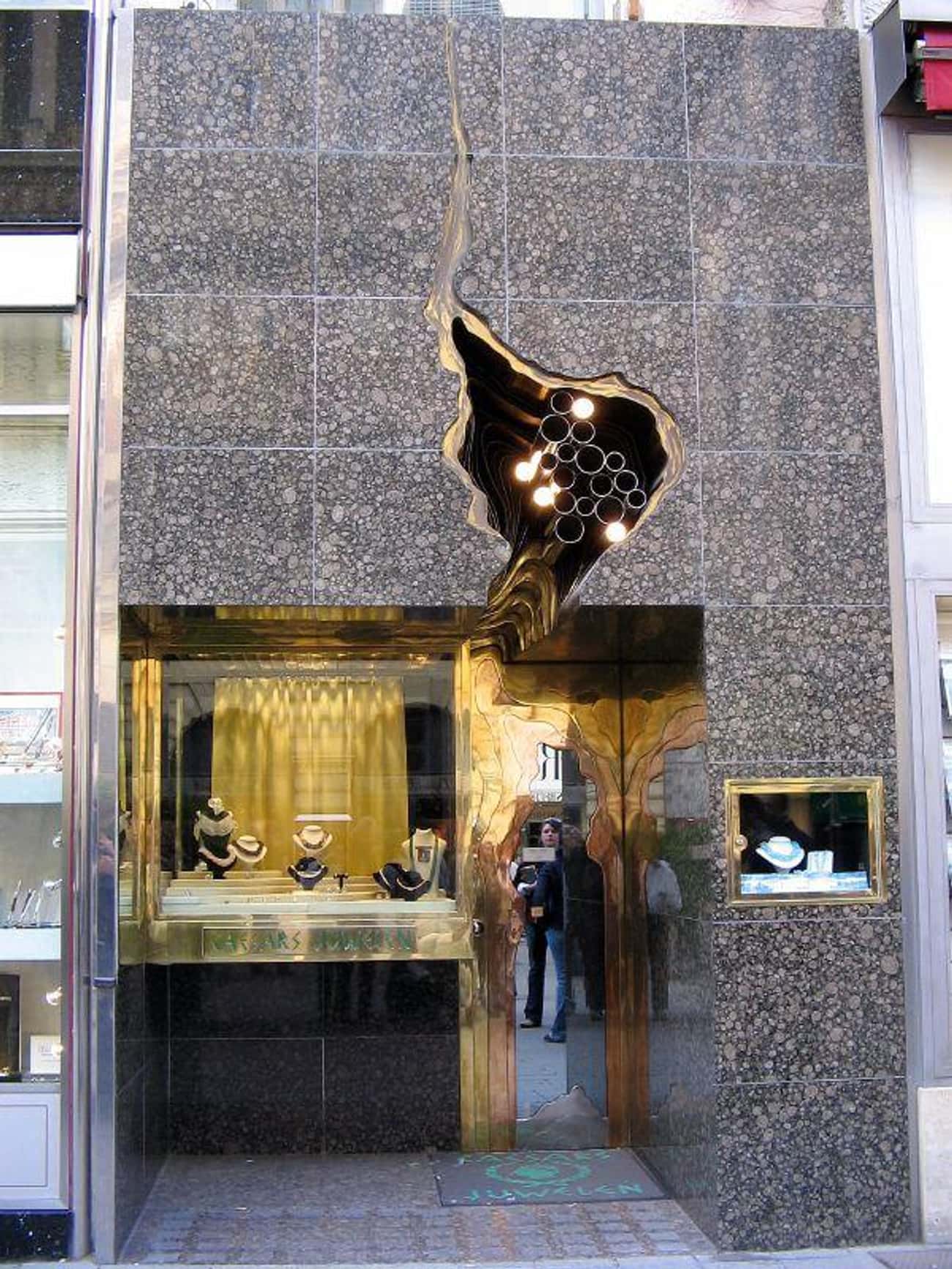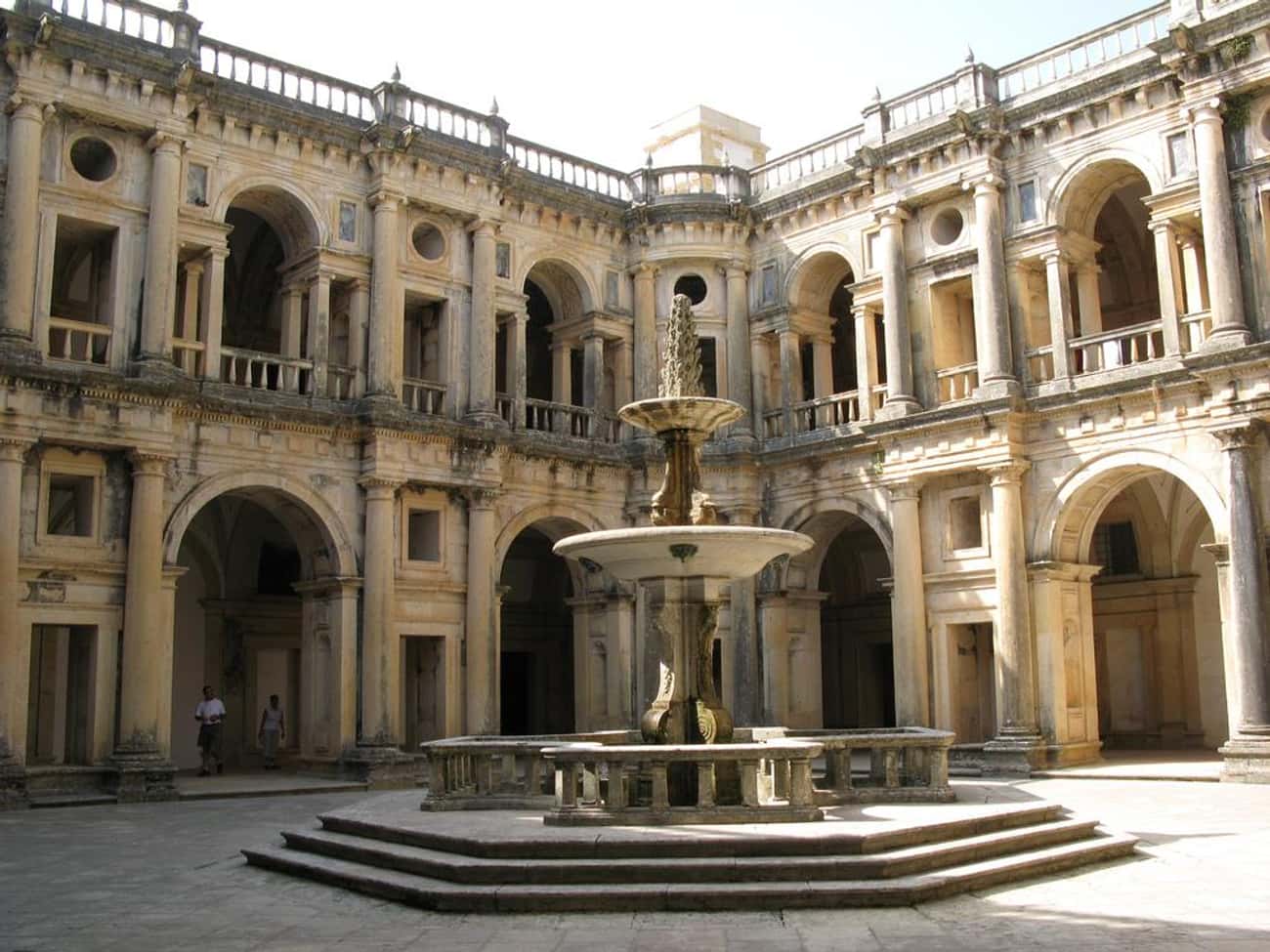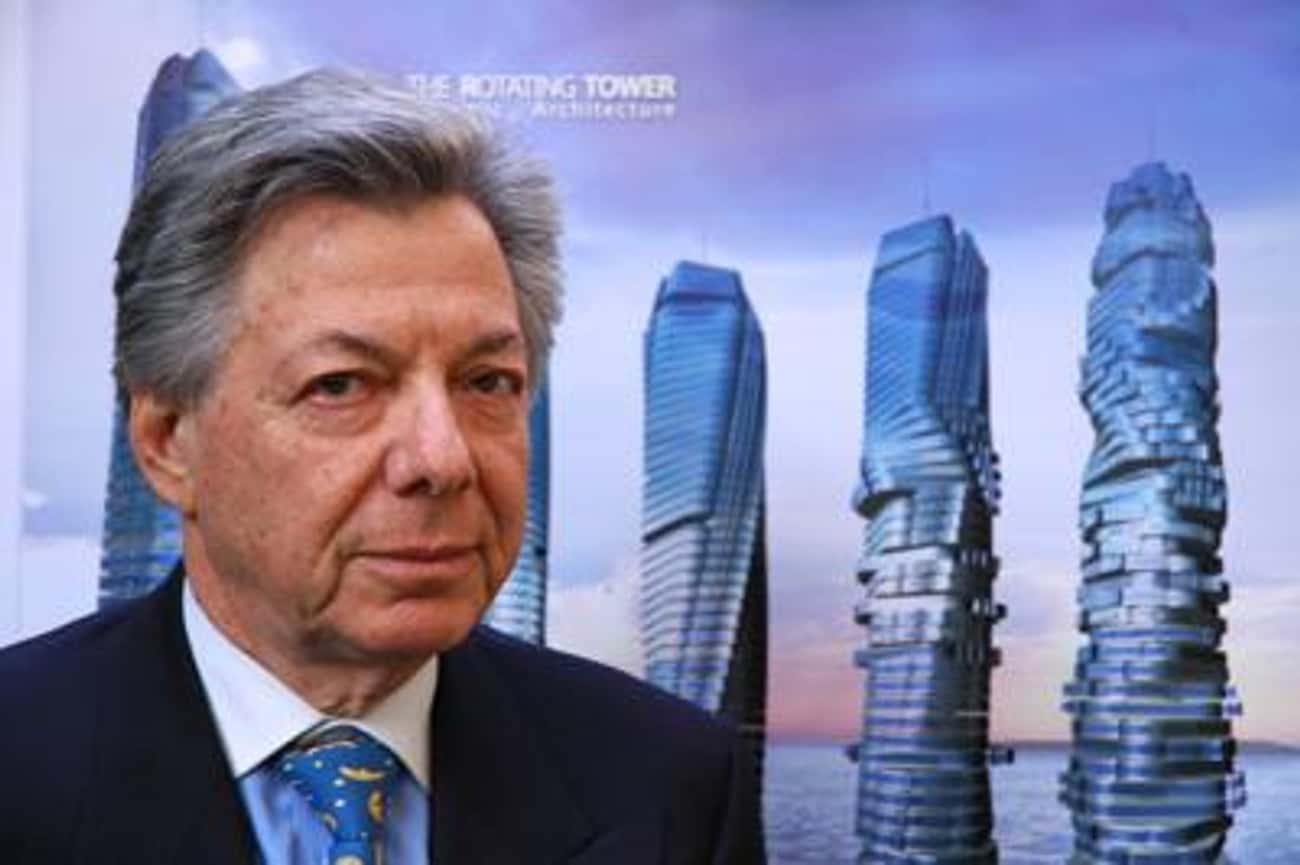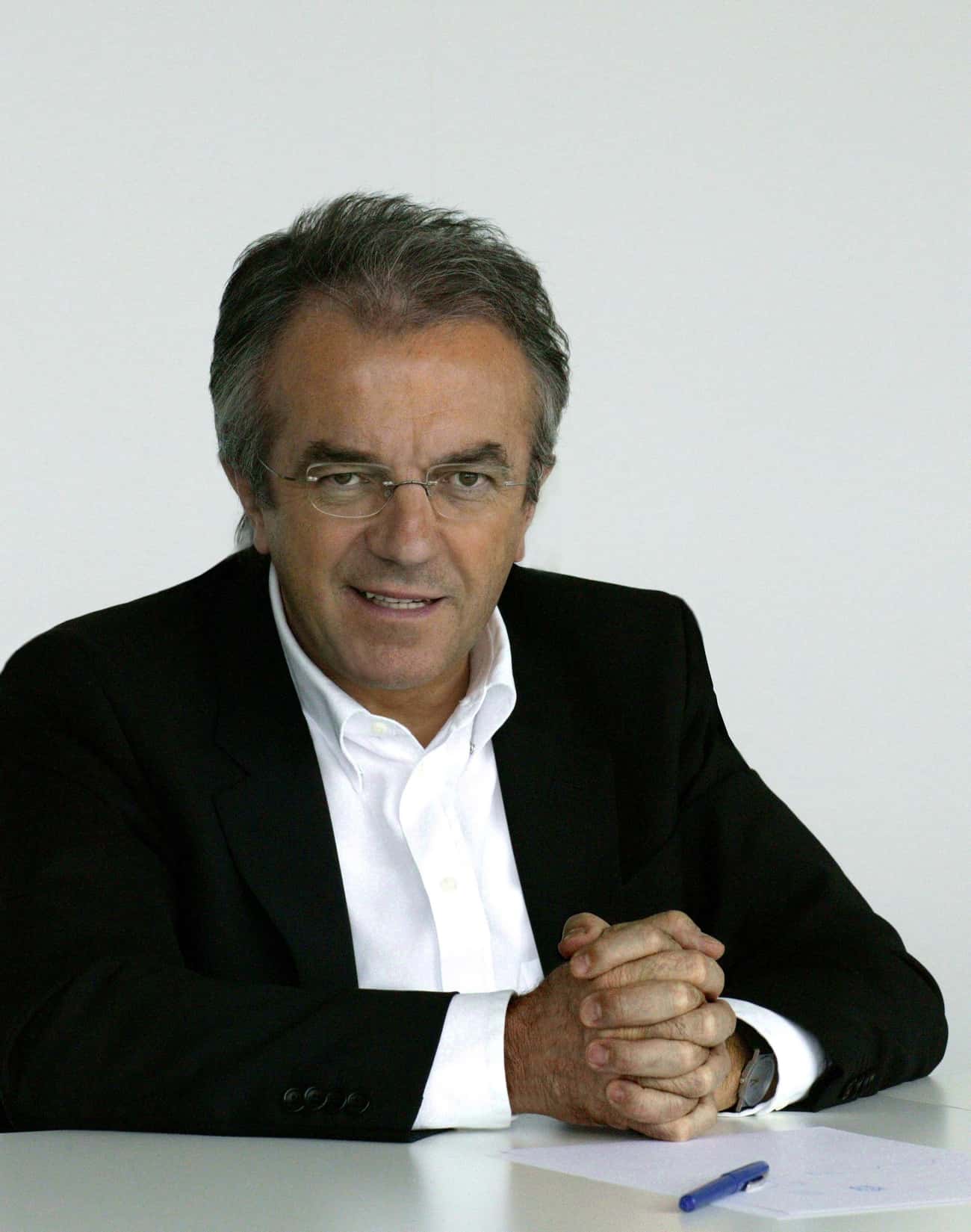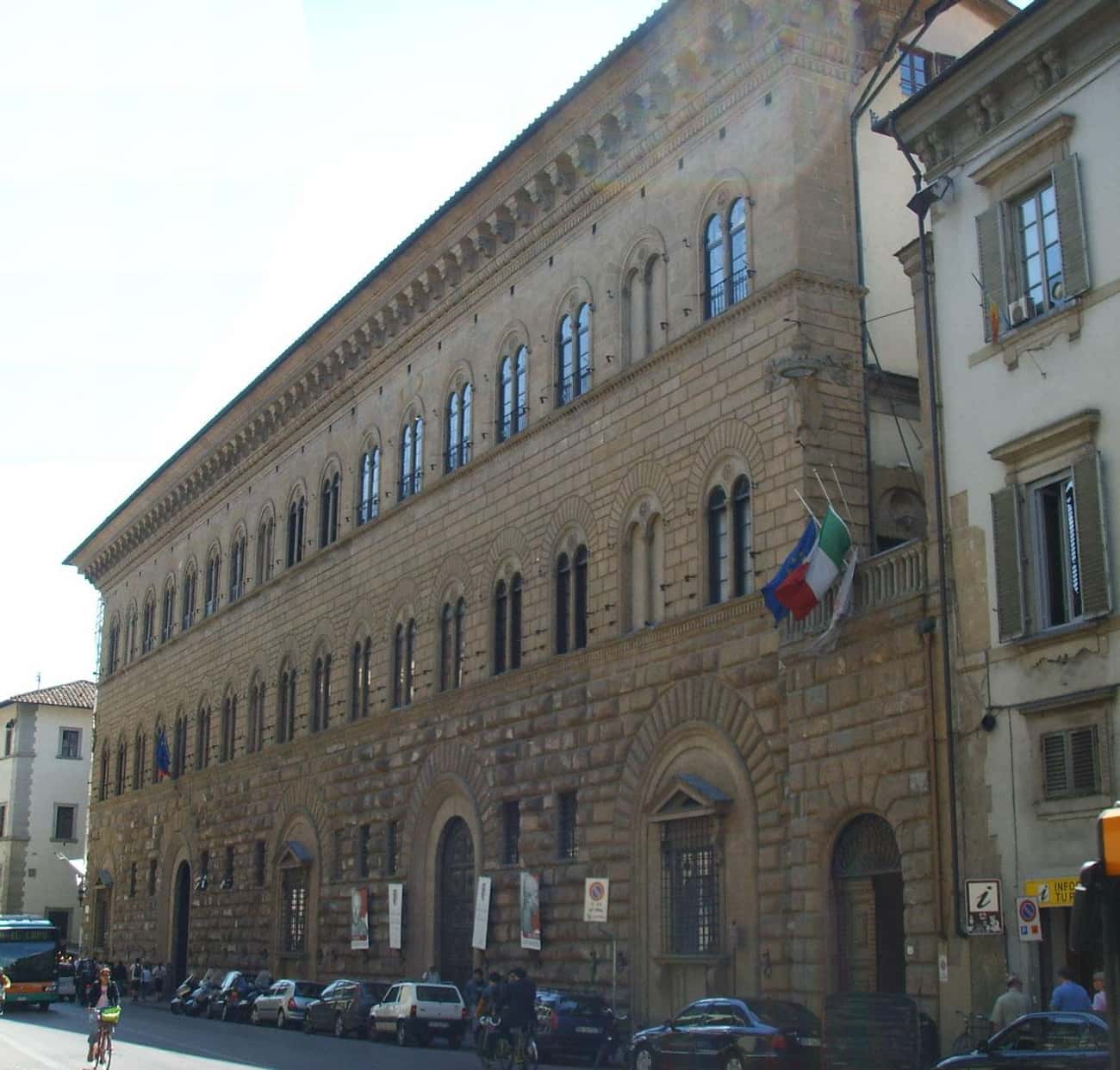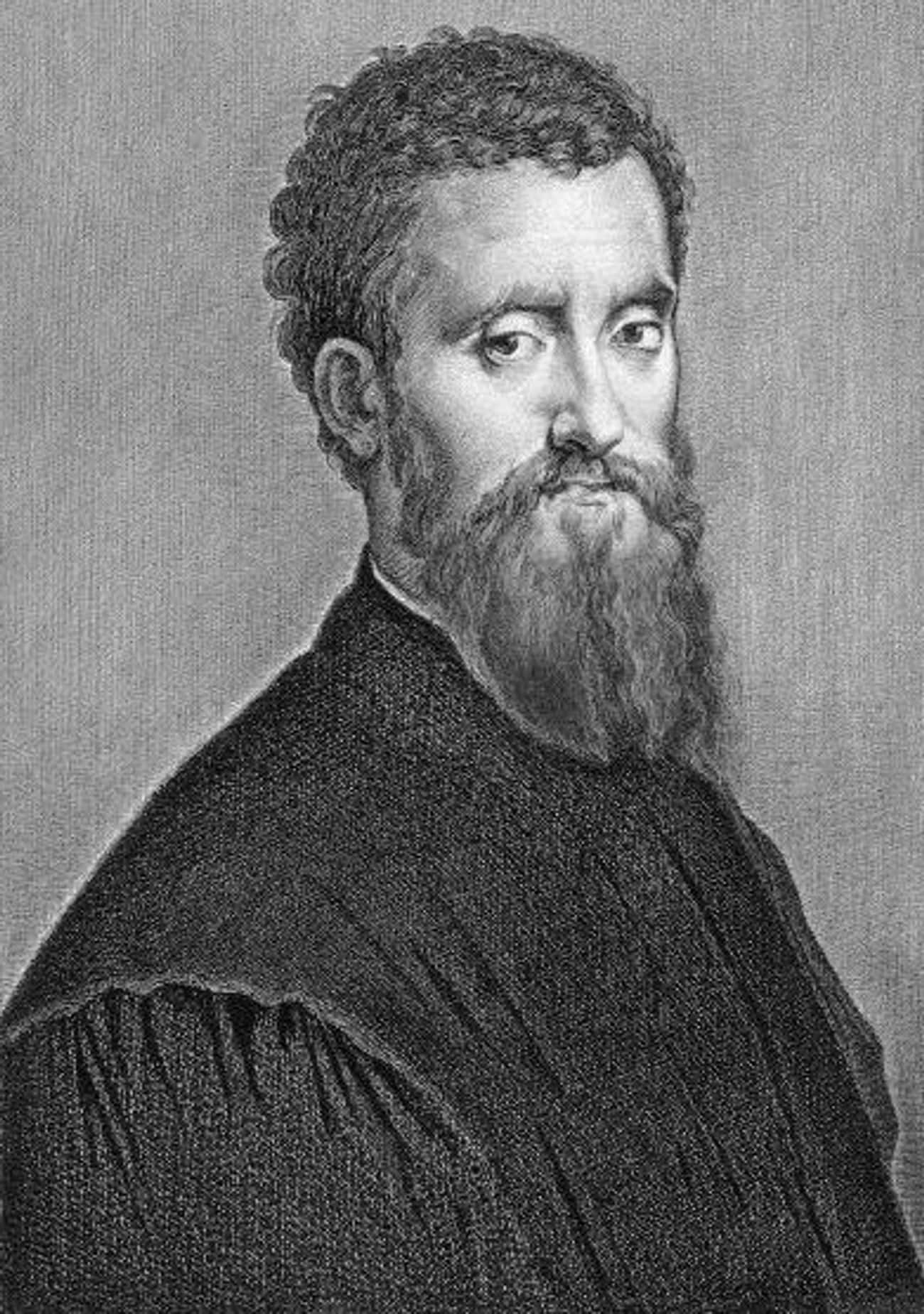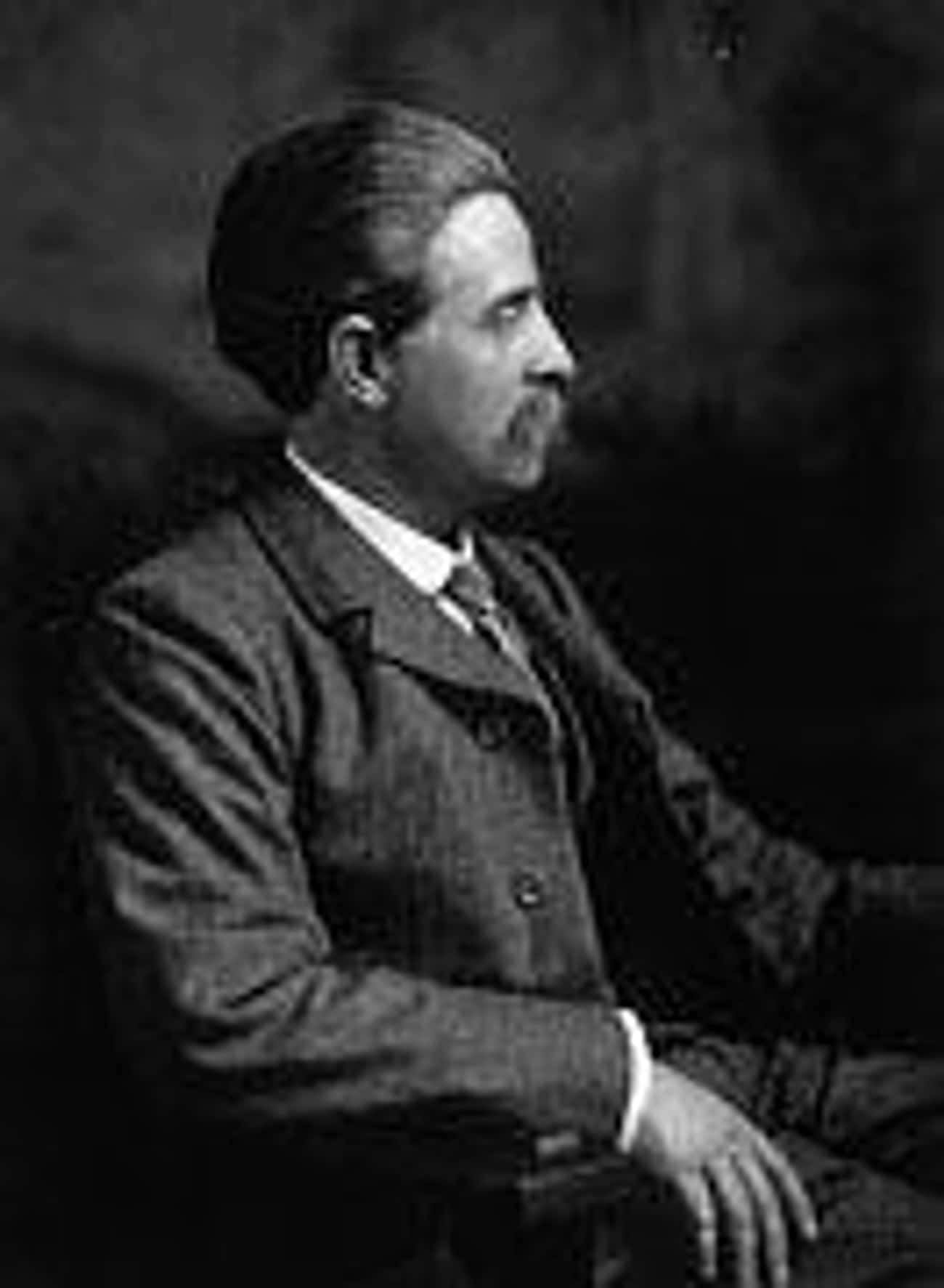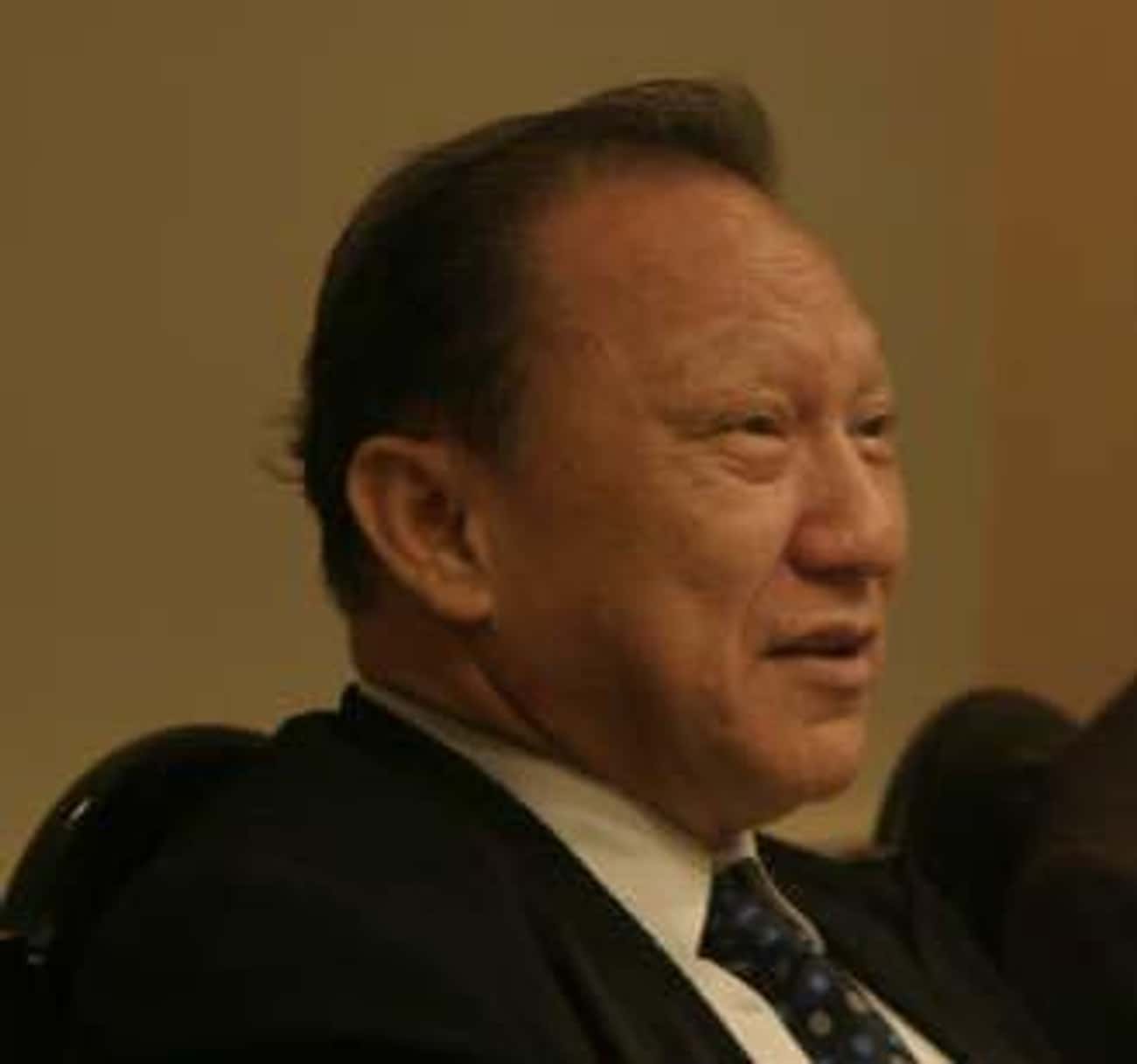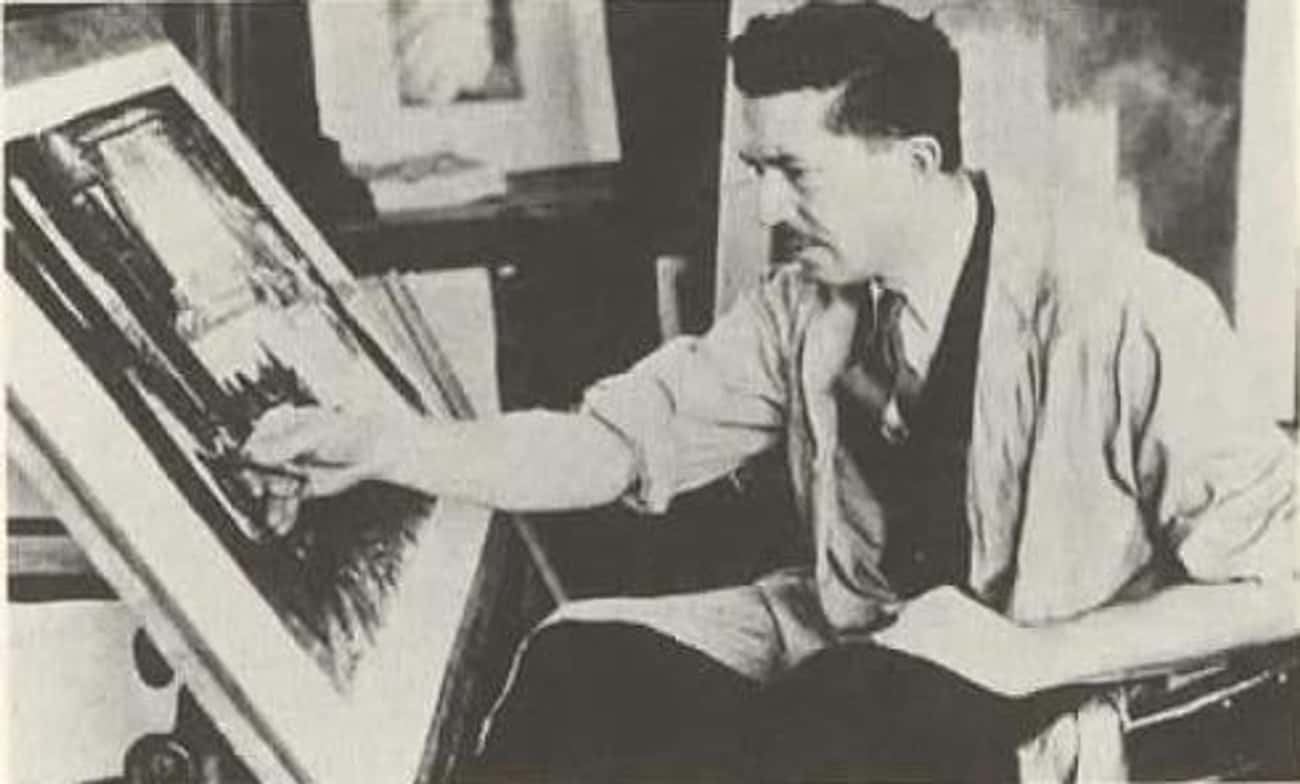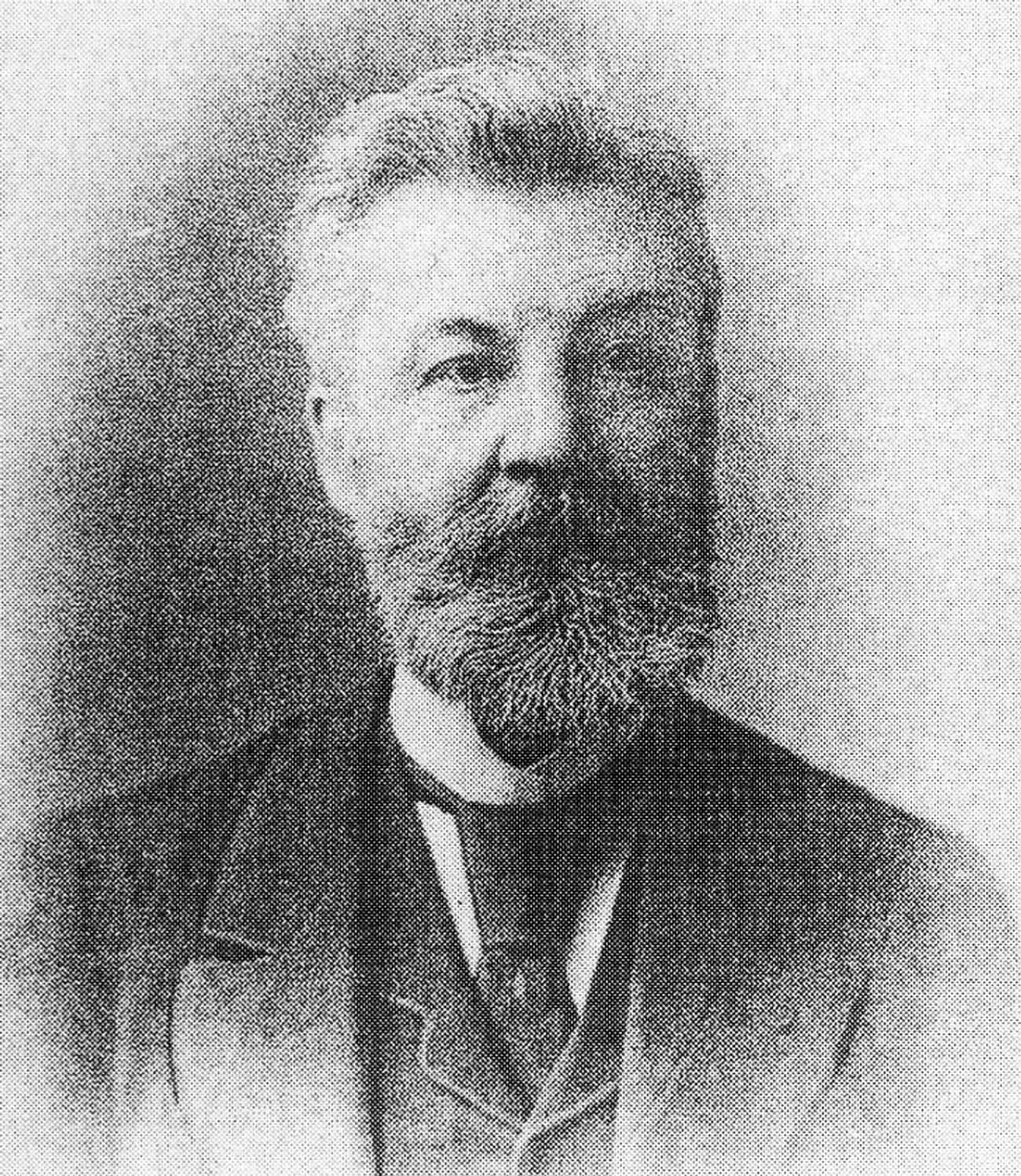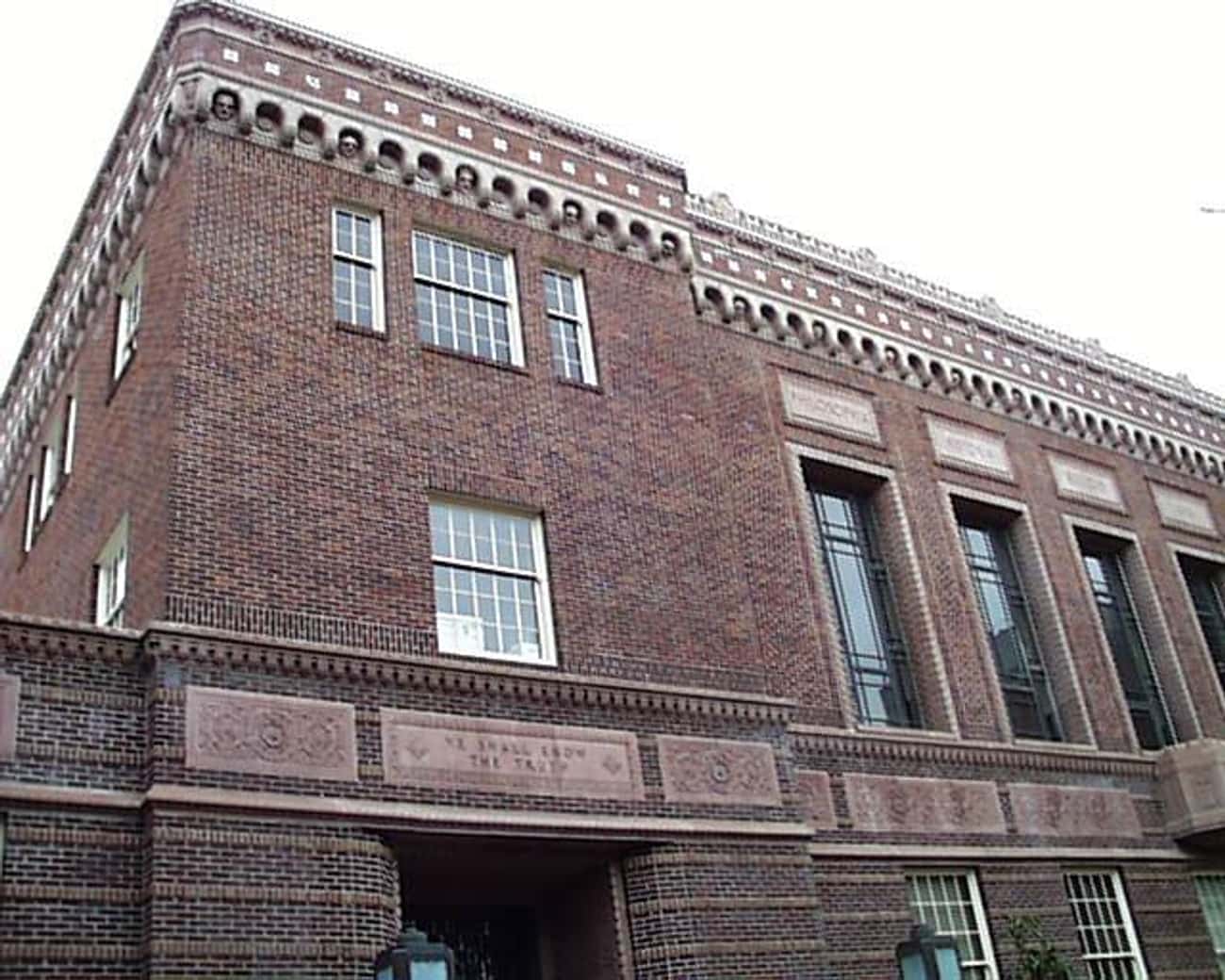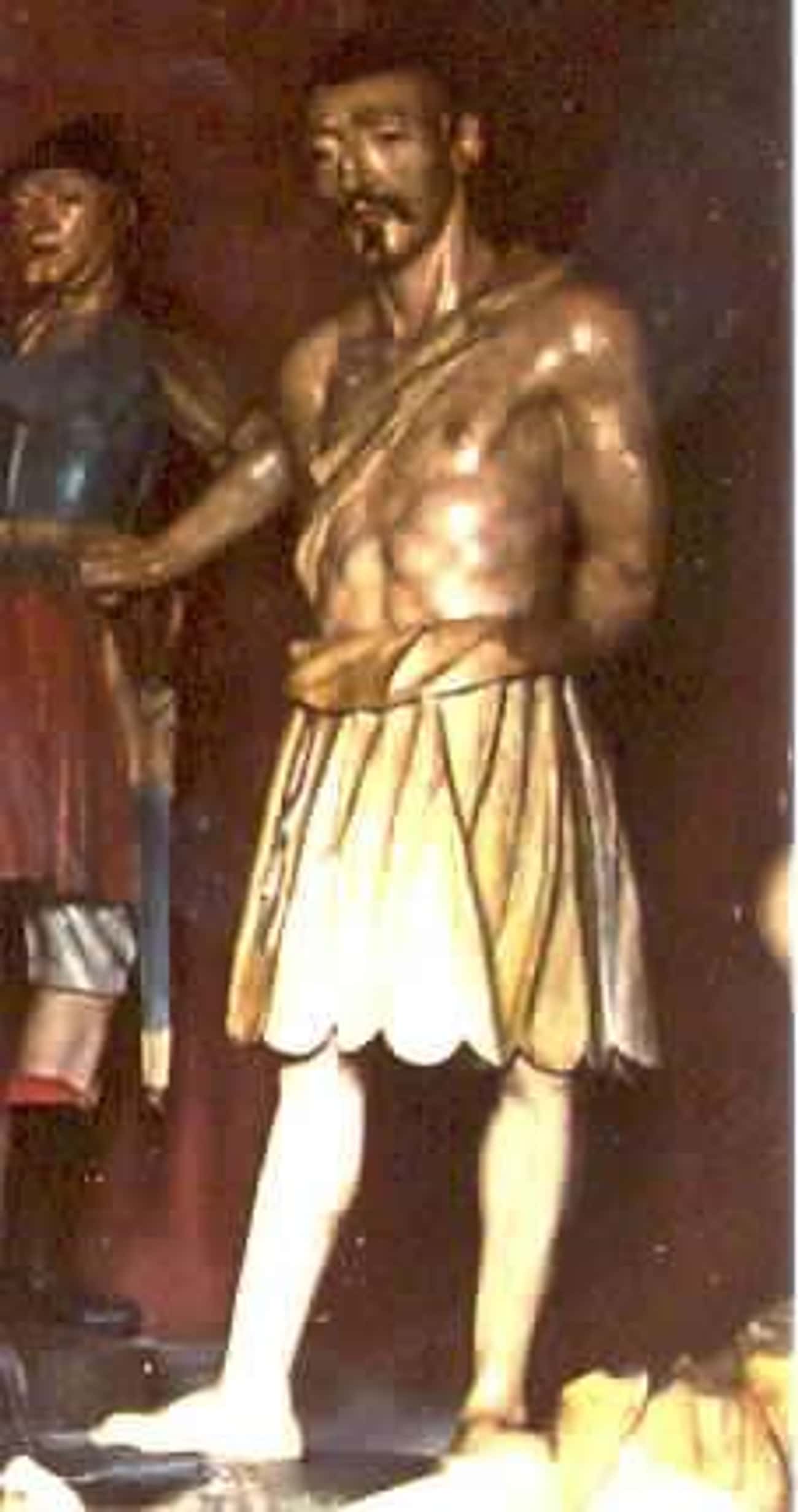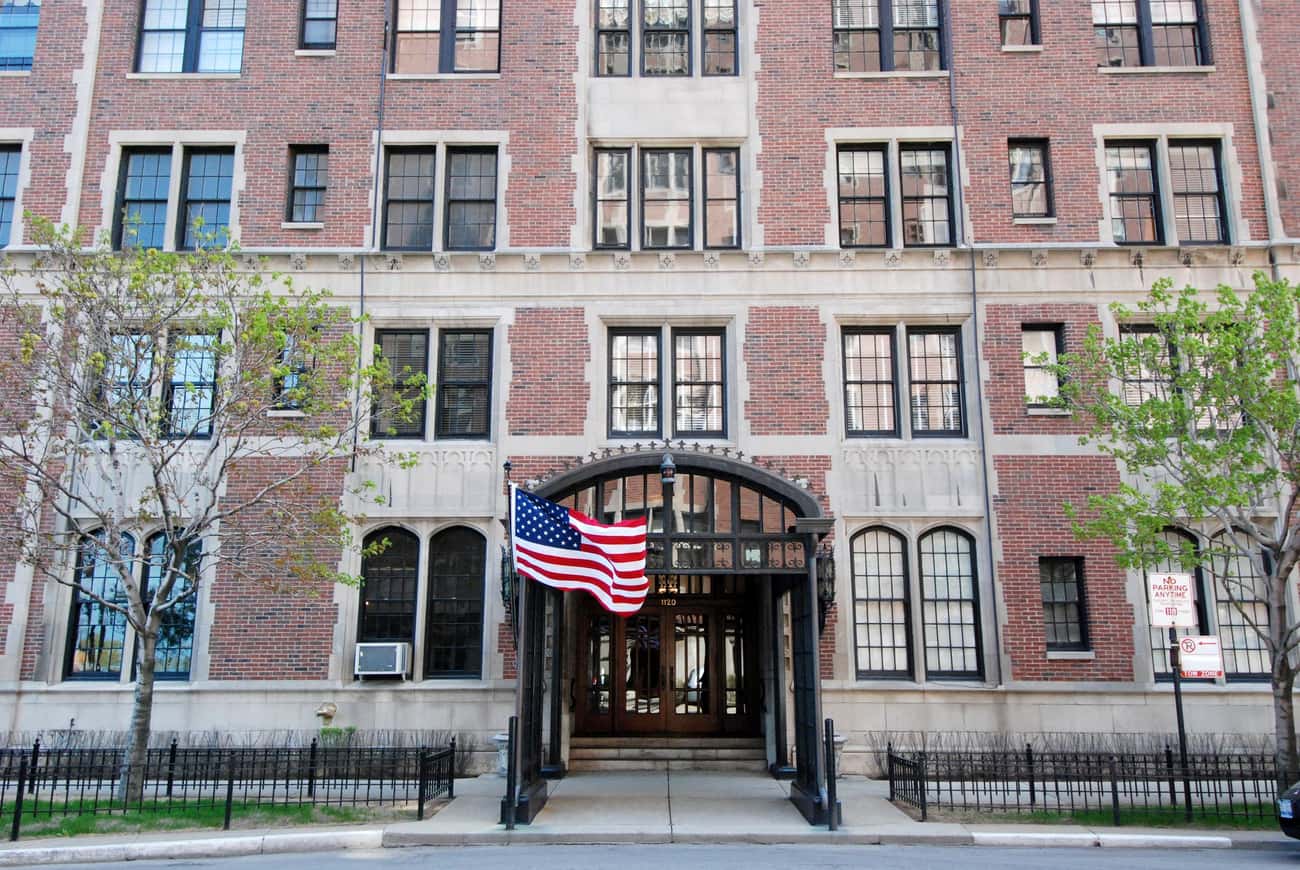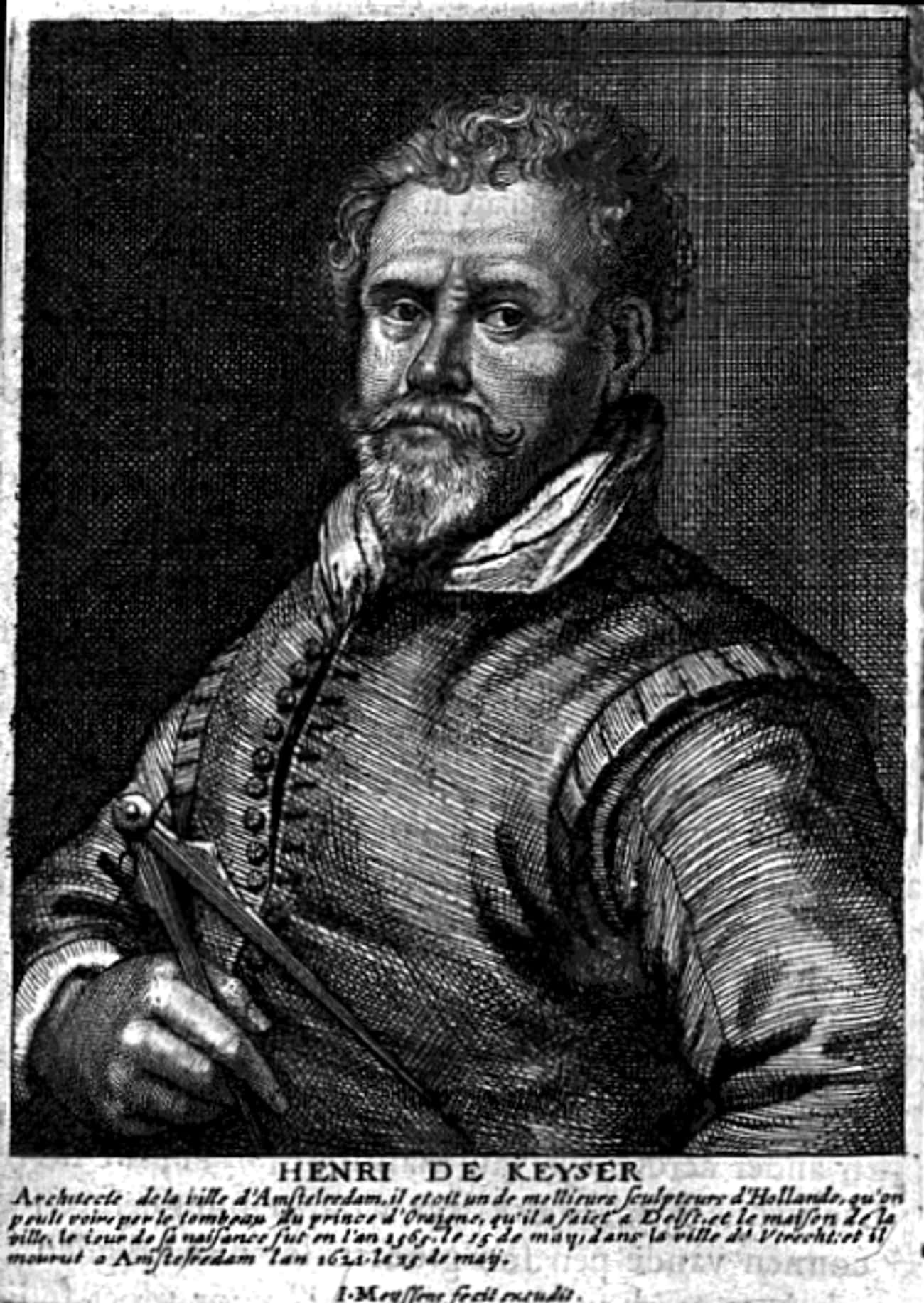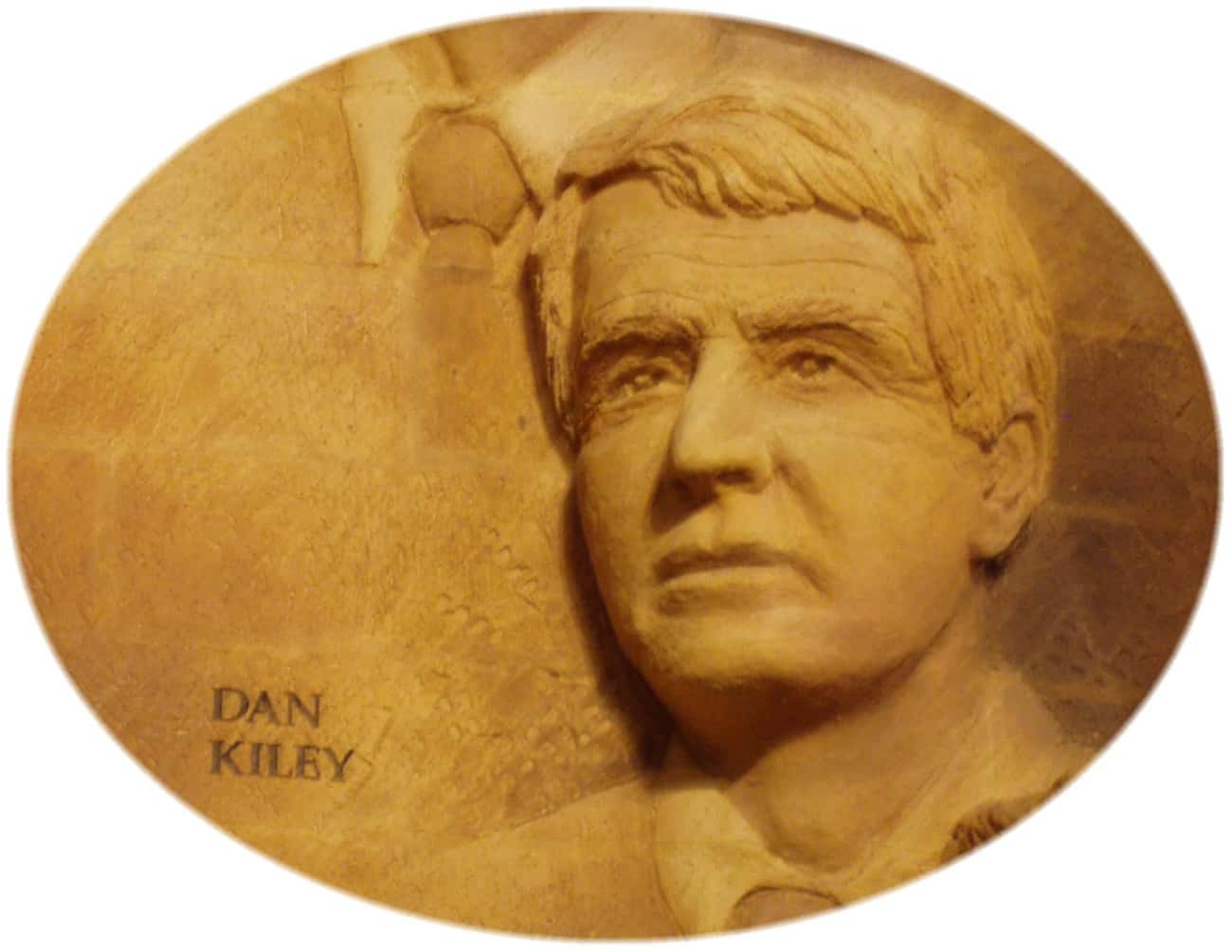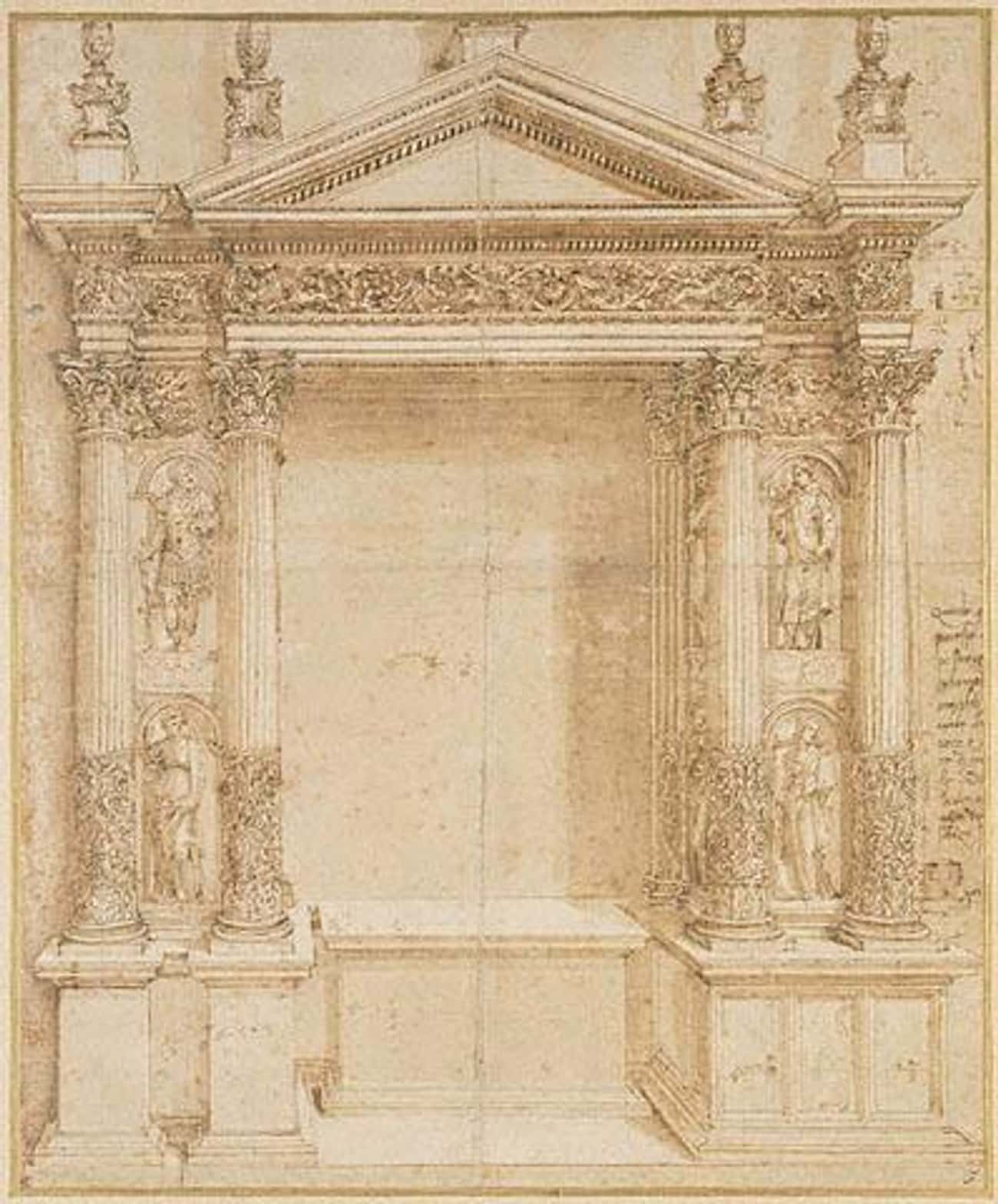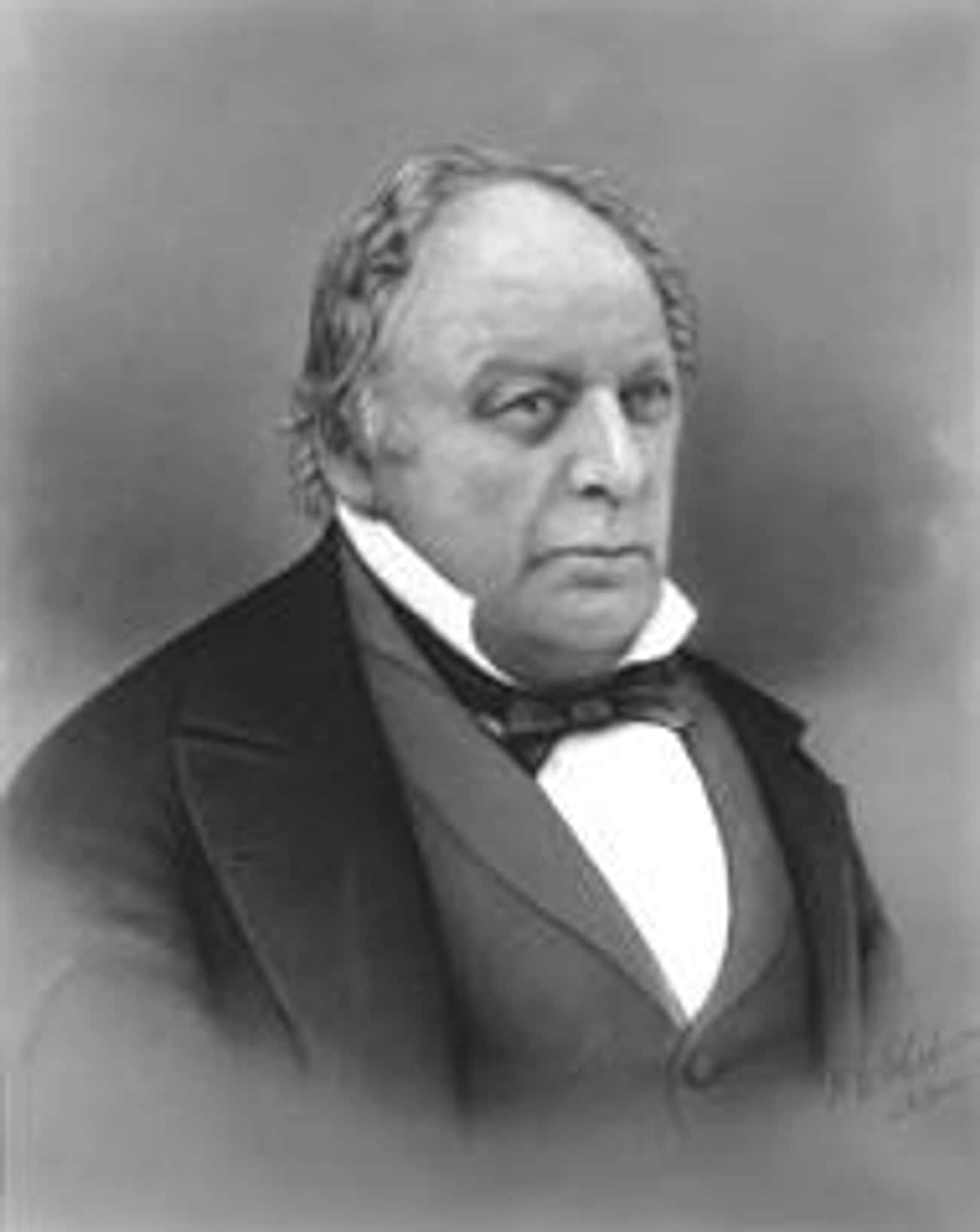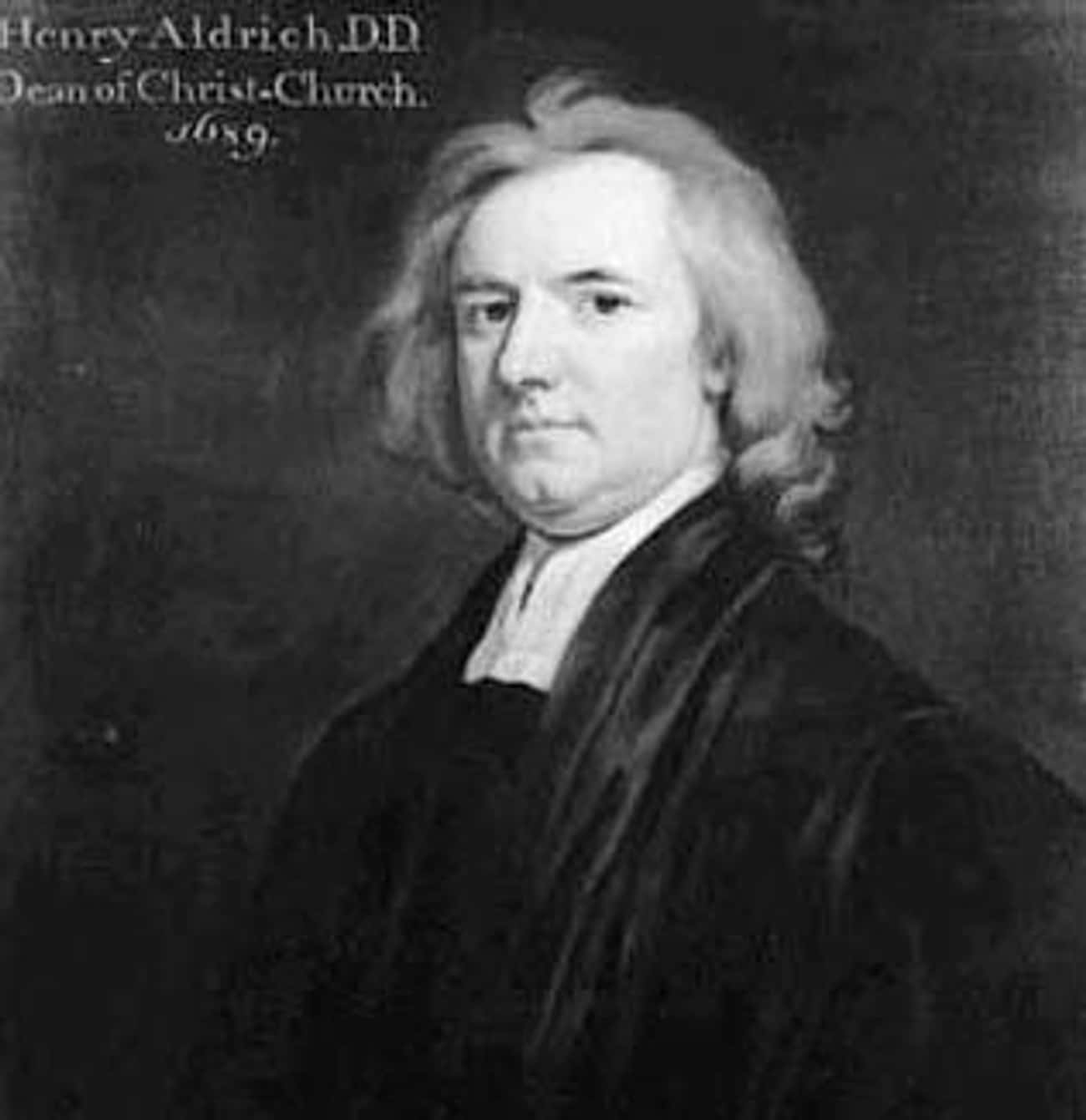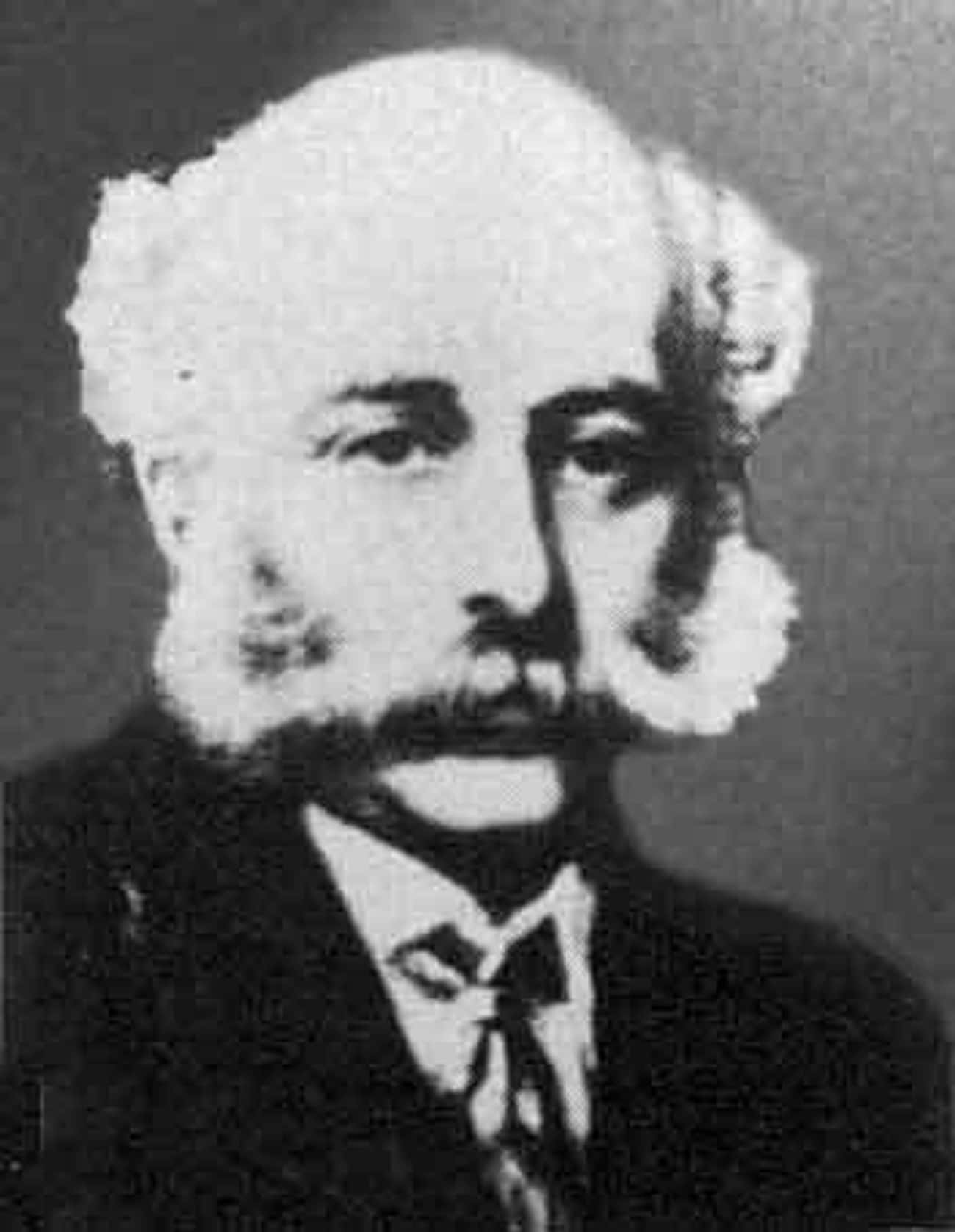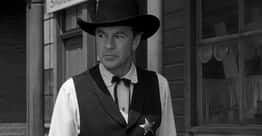List of famous male architects, listed by their level of prominence with photos when available. This greatest male architects list contains the most prominent and top males known for being architects. There are thousand of males working as architects in the world, but this list highlights only the most notable ones. Historic architects have worked hard to become the best that they can be, so if you're a male aspiring to be a architect then the people below should give you inspiration.
Examples of people on this list: William White, Robert Schuiten and many more.
While this isn't a list of all male architects, it does answer the questions "Who are the most famous male architects?" and "Who are the best male architects?"- Max Bill was a Swiss architect, artist, painter, typeface designer, industrial designer and graphic designer.
- Photo: Metaweb (FB) / CC-BYA. Hays Town (June 17, 1903 – January 6, 2005) was an American architect whose career spanned over sixty-five years. While Town designed commercial and governmental buildings in the style of modern architecture for the first forty years of his career, he became best known for his residential architecture, which was heavily influenced by the Spanish, French, and Creole history of Louisiana. His work was featured in several publications during his lifetime, including Time, Life, Southern Living, and Southern Accents. Today, there are an estimated 1,000 homes remaining that were designed and built by Town, and his distinct style continues to exert an influence on modern southern architecture.
- Charles Gwathmey was an American architect. He was a principal at Gwathmey Siegel & Associates Architects, as well as one of the five architects identified as The New York Five in 1969. One of Gwathmey's most famous designs is the 1992 renovation of Frank Lloyd Wright's Guggenheim Museum in New York City. Born in Charlotte, North Carolina, he was the son of the American painter Robert Gwathmey and photographer Rosalie Gwathmey. He attended the Fiorello H. LaGuardia High School of Performing Arts, graduating in 1956. Charles Gwathmey attended the University of Pennsylvania and received his Master of Architecture degree in 1962 from Yale School of Architecture, where he won both The William Wirt Winchester Fellowship as the outstanding graduate and a Fulbright Grant. While at Yale, he studied under Paul Rudolph. Gwathmey served as President of the Board of Trustees for The Institute for Architecture and Urban Studies and was elected a Fellow of the American Institute of Architects in 1981.
- Photo: Metaweb (FB) / Public domainCass Gilbert was a prominent American architect. An early proponent of skyscrapers in works like the Woolworth Building, Gilbert was also responsible for numerous museums and libraries, state capitol buildings as well as public architectural icons like the United States Supreme Court building. His public buildings in the Beaux Arts style reflect the optimistic American sense that the nation was heir to Greek democracy, Roman law and Renaissance humanism. Gilbert's achievements were recognized in his lifetime; he served as president of the American Institute of Architects in 1908-09. Gilbert was a conservative who believed architecture should reflect historic traditions and the established social order. His design of the new Supreme Court building, with its classical lines and small size contrasted sharply with the very large modernist Federal buildings going up along the National Mall in Washington, D.C., which he disliked. Heilbrun says "Gilbert's pioneering buildings injected vitality into skyscraper design, and his 'Gothic skyscraper,' epitomized by the Woolworth Building, profoundly influenced architects during the first decades of the twentieth century."
- Photo: Metaweb (FB) / CC-BY-SA-2.0Hans Hollein was an Austrian architect and designer and key figure of postmodern architecture. Some of his most notable works are the Haas House and the Albertina extension in the inner city of Vienna.
- Photo: Metaweb (FB) / CC-BY-SA-2.0Filippo Terzi was an Italian military and civil architect and engineer, born in Bologna, who went to Lisbon in 1577 and the following year joined the disastrous military expedition to Morocco where he was taken prisoner at the battle of Alcácer Quibir, after which his release was negotiated and he returned to Portugal, where he spent the remainder of his career, dying at Setúbal. In 1582 Philip II of Spain, recently declared king also of Portugal, visited Setúbal, where Terzi was recommended to him on the occasion of a new fortification needed to reinforce the security of that port city. Having achieved the work successfully, Terzi was named master of work at the Convento de Cristo in Tomar, in 1584. In 1590, he was named Mestre das Obras de el-Rei, "Master of the King's works", succeeding the post that had been occupied by António Rodrigues. Terzi was also charged with the instruction of a new generation of young architects in the Royal Works. He was responsible for numerous projects, notably at Coimbra and Lisbon, including the aqueduct that led from São Sebastião to Coimbra.
- Photo: Metaweb / CC-BYDavid Fisher is an Italian-Israeli architect based in Florence. He is known for designing the Dynamic Tower, a rotating skyscraper proposed for construction in Dubai.
- Girolamo Maggi, or Hieronymus Magius, was an Italian scholar, jurist, poet, military engineer, urban planner, philologist, archaeologist, mathematician, and naturalist who studied at Bologna under Francis Robortello. He authored several works, including a collection of poems on the Flemish wars, one detailing military fortifications, and several on the subject of philosophy.
- Werner Sobek is a German architect and structural engineer.
- Michelozzo di Bartolomeo Michelozzi was an Italian architect and sculptor.More Michelozzo
- Dig Deeper...World Famous Architects Throughout History
- And Deeper...Famous Architects from Italy
- #46 of 73 onFamous Renaissance Artists, Ranked
- Photo: Metaweb (FB) / Public domainGiulio Romano was an Italian painter and architect. A pupil of Raphael, his stylistic deviations from high Renaissance classicism help define the 16th-century style known as Mannerism. Giulio's drawings have long been treasured by collectors; contemporary prints of them engraved by Marcantonio Raimondi were a significant contribution to the spread of 16th-century Italian style throughout Europe.
- Photo: Metaweb (FB) / Public domainSir Raymond Unwin was a prominent and influential English engineer, architect and town planner, with an emphasis on improvements in working class housing.
- Stephen Tong Tjong Eng (Chinese: 唐崇榮; pinyin: Táng Chóngróng; Jyutping: tong4 sung4 wing4, born 1940) is a Chinese Indonesian Reformed pastor, evangelist, teacher and musician. He heads the Reformed Evangelical Church of Indonesia, which houses the megachurch Messiah Cathedral, and is one of the largest Christian Reformed church facilities in Southeast Asia. He has preached in countries around the world, and guest lectured at theological seminaries and schools.More Stephen Tong
- Dig Deeper...List of Famous Evangelists
- And Deeper...Famous Male Pastors
- And Deeper...Famous Male Evangelists
- Hugh Ferriss was an American delineator and architect. After his death a colleague said he 'influenced my generation of architects' more than any other man. Ferriss also influenced popular culture, for example Gotham City and Kerry Conran's Sky Captain and the World of Tomorrow.
- Photo: Metaweb (FB) / Public domainJohn Douglas was an English architect who designed about 500 buildings in Cheshire, North Wales, and northwest England, in particular in the estate of Eaton Hall. He was trained in Lancaster and practised throughout his career from an office in Chester. Initially he ran the practice on his own, but from 1884 until two years before his death he worked in partnerships with two of his former assistants. Douglas's output included new churches, restoring and renovating existing churches, church furnishings, new houses and alterations to existing houses, and a variety of other buildings, including shops, banks, offices, schools, memorials and public buildings. His architectural styles were eclectic. Douglas worked during the period of the Gothic Revival, and many of his works incorporate elements of the English Gothic style. He was also influenced by architectural styles from the mainland of Europe and included elements of French, German and Dutch architecture. However he is probably best remembered for his incorporation of vernacular elements in his buildings, in particular half-timbering, influenced by the black-and-white revival in Chester.
- Mohammad Saleh Uddin, "Badal" (Bengali: মোহাম্মদ সালেহ উদদিন; born 6 November 1954) is a Bangladeshi architect, professor, author and artist.His books, published by McGraw-Hill and John Wiley & Sons are widely used as graphical communication and design textbooks internationally. Some have been translated from English into Spanish and into Chinese. He is also the main architect of the Gulshan Club scheduled to be built in Gulshan, Dhaka in 2011, having won the international open design competition for it.
- Cedric Price FRIBA was an English architect and influential teacher and writer on architecture. The son of an architect, Price was born in Stone, Staffordshire and studied architecture at Cambridge University and the Architectural Association School of Architecture in London, where he encountered, and was influenced by, the modernist architect and urban planner Arthur Korn. From 1958 to 1964 he taught part-time at the AA and at the Council of Industrial Design. He later founded Polyark, an architectural schools network. As a working architect, he was associated with Maxwell Fry and Denys Lasdun before he started his own practice in 1960, working with The Earl of Snowdon and Frank Newby on the design of the Aviary at London Zoo. He later also worked with Buckminster Fuller on the Claverton Dome. One of his more famous projects was the Fun Palace, developed in association with theatrical director Joan Littlewood.
- Vladimir ‘Val’ Ossipoff was an American architect best known for his works in Hawaii.
- Photo: Metaweb (FB) / Public domainEllis Fuller Lawrence was an American architect who worked primarily in the U.S. state of Oregon. In 1914, he helped found and was the first dean of the University of Oregon's School of Architecture and Allied Arts, a position he held until his death. Lawrence concurrently served as campus architect for the University of Oregon and designed many campus buildings, including Knight Library and the Jordan Schnitzer Museum of Art. Lawrence Hall on the university campus was named in his honor in 1956. His body of over 500 projects includes churches, residences, commercial and industrial buildings, funerary buildings, multi-family residences, and public buildings. In 1988, the private residence he designed for Thomas A. Livesley, a prominent Salem, Oregon businessman and civic leader, was purchased through private donations and donated to the state and now serves as the Governor's official residence.
- Aleijadinho was a Colonial Brazil-born sculptor and architect, noted for his works on and in various churches of Brazil. Born in Vila Rica, whose name was later changed to Ouro Preto, Minas Gerais, Brazil, in 1738 he was the son of Manuel Francisco da Costa Lisboa, a Portuguese man and his African slave, Isabel. His father, a carpenter, had immigrated to Brazil where his skills were so in demand that he appears to have been elevated to the position of architect. When Antonio was young his father married and he was raised in his father's home along with his half siblings. It was there he is presumed to have learned the fundamentals of sculpture, architecture and the combination of the two. Antonio first appears as a day laborer working on the Church of Our Lady of Carmel in the town of Ouro Preto, a church designed by his father. Within a very short time he had become a noted architect himself and had designed and constructed the Chapel of the Third Order of St. Francis of Assisi in Ouro Preto. He had also executed the carvings on the building, the most notable being a round bas-relief depicting St. Francis receiving the stigmata.
- Howard Van Doren Shaw AIA was an American architect. He became one of the best-known architects of his generation in the Chicago, Illinois area. Shaw was considered a leader in the American Craftsman movement, best exemplified in his 1900 remodel of Second Presbyterian Church in Chicago. He designed Marktown, Clayton Mark's planned worker community in Northwest Indiana.
- Photo: Metaweb (FB) / Public domainHendrick de Keyser was a Dutch sculptor and architect born in Utrecht, Netherlands, who was instrumental in establishing a late Renaissance form of Mannerism in Amsterdam. He was the father of Thomas de Keyser who was an architect and portrait painter.
- Daniel Urban Kiley was an American landscape architect in the modernist style. He designed more than 1,000 projects including the Jefferson National Expansion Memorial in St. Louis and the Art Institute of Chicago's South Garden.
- Photo: Metaweb (FB) / CC-BY-2.5James Ingo Freed was an American architect born in Essen, Germany during the Weimar Republic. After coming to the United States at age nine with his parents, he studied at the Illinois Institute of Technology, where he graduated with a degree in architecture. In the late 1970s, he was a member of the Chicago Seven and dean for three years of the School of Architecture at his alma mater. He worked for most of his career based in New York, and went beyond the Internationalist and modernist styles. In partnership with I.M. Pei, in their firm known as Pei Cobb Freed & Partners, he worked on major United States public buildings and museums.
- Photo: Metaweb (FB) / Public domainBaldassare Tommaso Peruzzi was an Italian architect and painter, born in a small town near Siena and died in Rome. He worked for many years with Bramante, Raphael, and later Sangallo during the erection of the new St. Peter's. He returned to his native Siena after the Sack of Rome where he was employed as architect to the Republic. For the Sienese he built new fortifications for the city and designed a remarkable dam on the Bruna River near Giuncarico. He seems to have moved back to Rome permanently by 1535. He was a painter of frescoes in the Cappella San Giovanni in the Duomo of Siena. His son Giovanni Sallustio was also an architect.
- Photo: Metaweb (FB) / Public domainAlexander Parris was a prominent American architect-engineer. Beginning as a housewright, he evolved into an architect whose work transitioned from Federal style architecture to the later Greek Revival. Parris taught Ammi B. Young, and was among the group of architects influential in founding what would become the American Institute of Architects. He is also responsible for the designs of many lighthouses along the coastal Northeastern United States.
- Omer Arbel is a designer and sculptor based in Vancouver and Berlin. He is known for his work in materials research, ambient lighting design, house design, and as the creative director of Bocci, a Canadian manufacturing and design company. Arbel’s designs are numbered in order of creation; some have commercial potential and move into production while others remain conceptual or collectible.
- Photo: Metaweb (FB) / Public domainHenry Aldrich was an English theologian and philosopher.
- Photo: Metaweb (FB) / Public domainSir Joseph William Bazalgette, CB was a 19th-century English civil engineer. As chief engineer of London's Metropolitan Board of Works his major achievement was the creation of a sewer network for central London which was instrumental in relieving the city from cholera epidemics, while beginning the cleansing of the River Thames.
- Kazys Varnelis (born 1967) is an American historian and theorist of architecture, specialising in network culture. He is Director of the Network Architecture Lab at Columbia University's Graduate School of Architecture, Planning and Preservation and a founding member of conceptual architecture practice AUDC.


